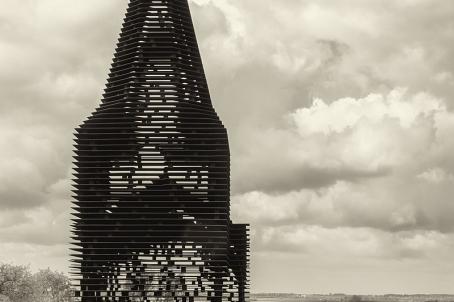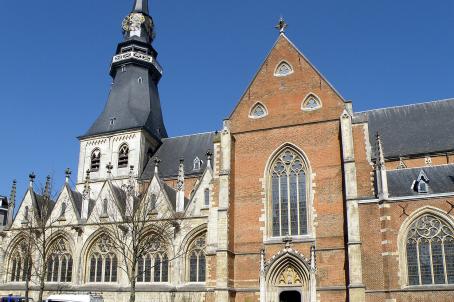Mariënlof Abbey
Mariënlof Abbey is a cistercian nunnery in Kerniel (Borgloon). Orginally it was built for the order of the Holy Cross (Croisiers) in the fifteenth century, but in the nineteenth century it became a cistercian cloister. It houses several remarkable objects such as the shrine of Saint Odilia, dating of 1292 and the Chair of Saint Lutgard.
About this building
Mariënlof Abbey was founded in 1438 by Maria van Colen as a cloister for the Order of the Holy Cross (Crosiers). In 1822 it became a cistercian nunnery. It is a pieceful place and the abbey is still inhabited by nuns. The most remarkable objects of this abbey are the shrine of Saint Odilia (1292) and the Chair of Saint Lutgard (1190-1210) but off course there is much more to see. The enterance cost is 2 euros. A sister will guide you in church and the sacristy.





